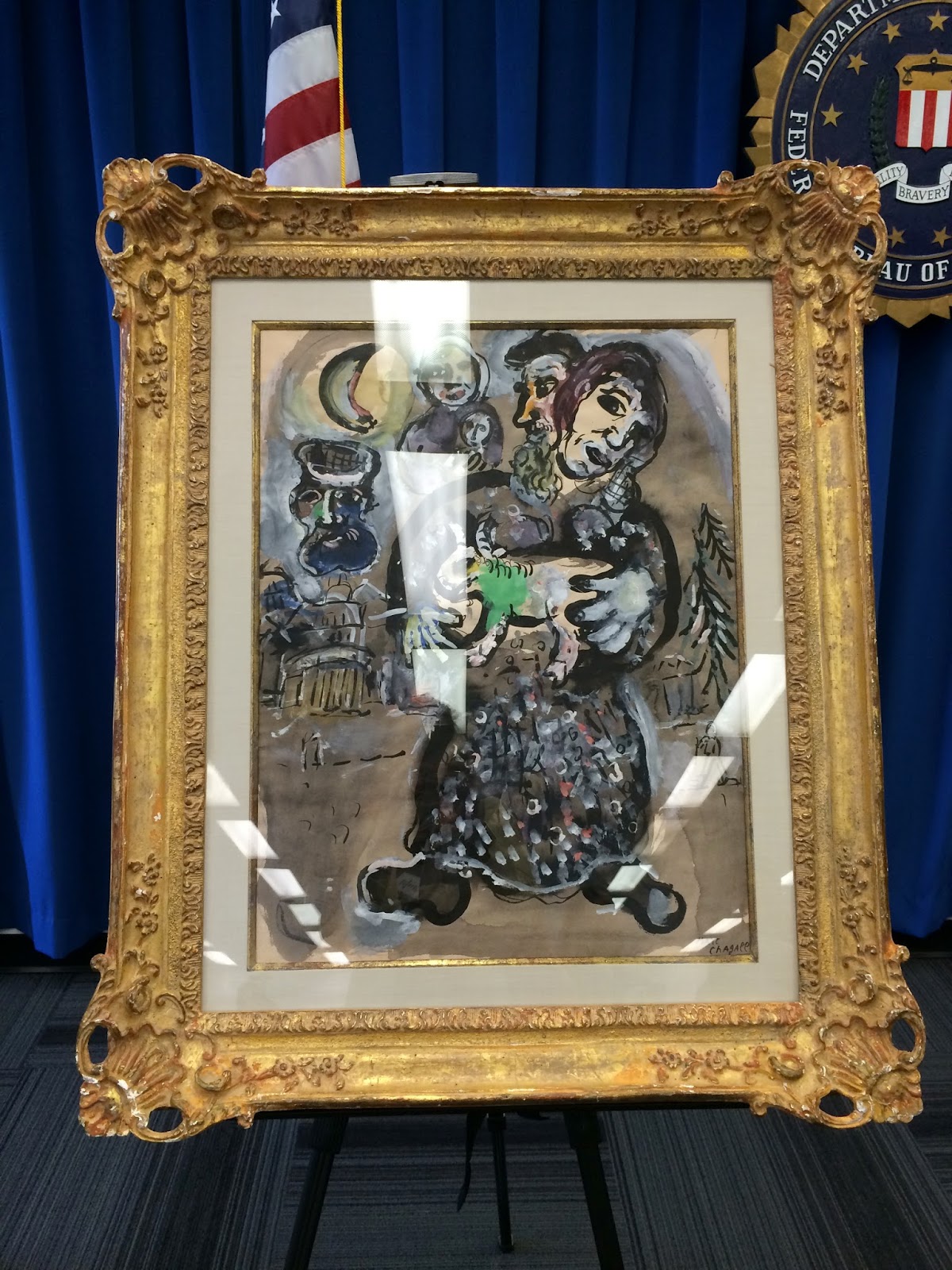Tuesday, January 13, 2015 -  American Journal of Archaeology,Archaeological Institute of America,Archaeology,Sheila Dillon
American Journal of Archaeology,Archaeological Institute of America,Archaeology,Sheila Dillon
 No comments
No comments
 American Journal of Archaeology,Archaeological Institute of America,Archaeology,Sheila Dillon
American Journal of Archaeology,Archaeological Institute of America,Archaeology,Sheila Dillon
 No comments
No comments
Sheila Dillon, Editor-in-Chief of the American Journal of Archaeology, publishes letter on the AJA's publishing policy on its "commitment to protecting archaeological heritage"
by Catherine Schofield Sezgin,
ARCA Blog Editor-in-chief
Sheila Dillon, Editor-in-Chief for the American Journal of Archaeology, has published a letter in the January 2015 issue (which can be found here on Academia.edu) which thanks "all the peer reviewers who contribute their time and expertise to vetting manuscripts to the AJA." Ms. Dillon also concludes with the following positions on scholarship and collecting history:
ARCA Blog Editor-in-chief
Sheila Dillon, Editor-in-Chief for the American Journal of Archaeology, has published a letter in the January 2015 issue (which can be found here on Academia.edu) which thanks "all the peer reviewers who contribute their time and expertise to vetting manuscripts to the AJA." Ms. Dillon also concludes with the following positions on scholarship and collecting history:
Finally, in light of recent events in both this country [USA] and abroad, it is important to restate that the AJA maintains its commitment to protecting archaeological heritage. In keeping with the 2004 policy of the AIA [Archaeological Institute of America], the AJA will not accept any article that serves as the primary publication of any object or archaeological material in a private or public collection acquired after 30 December 1973 unless its existence is documented before that date or it was legally exported from the country of origin.
In addition, given the recent and continuing threats to the archaeological sites and material culture of countries such as Syria, Iraq, Egypt, and Libya, the Editor-in-chief and members of the Advisory Board condemn in the strongest possible terms the recent sale of Egyptian artifacts and the scheduled sale of Mesoamerican artifacts by the AIA St. Louis Society through the auction house Bonhams. While technically not illegal, the sale of the Egyptian antiquities certainly violated the spirit if not the letter of the agreement that brought the objects to St. Louis in the first place. The selling off of archaeological artifacts in the society's possession not only contravenes the ethical standards current in archaeology but also reinforces the commodification of archaeological material and in effect condones the traffic in antiquities, which is in opposition to the AIA's principal missions of research and education. As stewards of the past, no one associated with the AIA should be incentivizing the illicit trade in antiquities, which is a global criminal activity. High-profile sales such as these can have the unintended consequence of putting further at risk the archaeological heritage that the AIA has vowed to protect.
SHEILA DILLON, Editor-in-Chief, American Journal of Archaeology





















